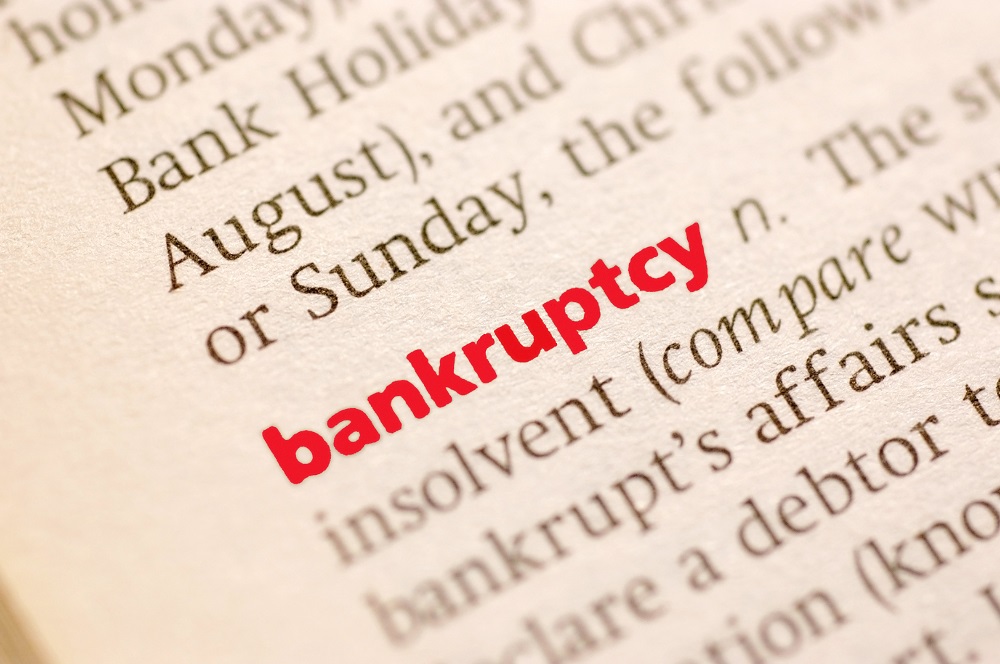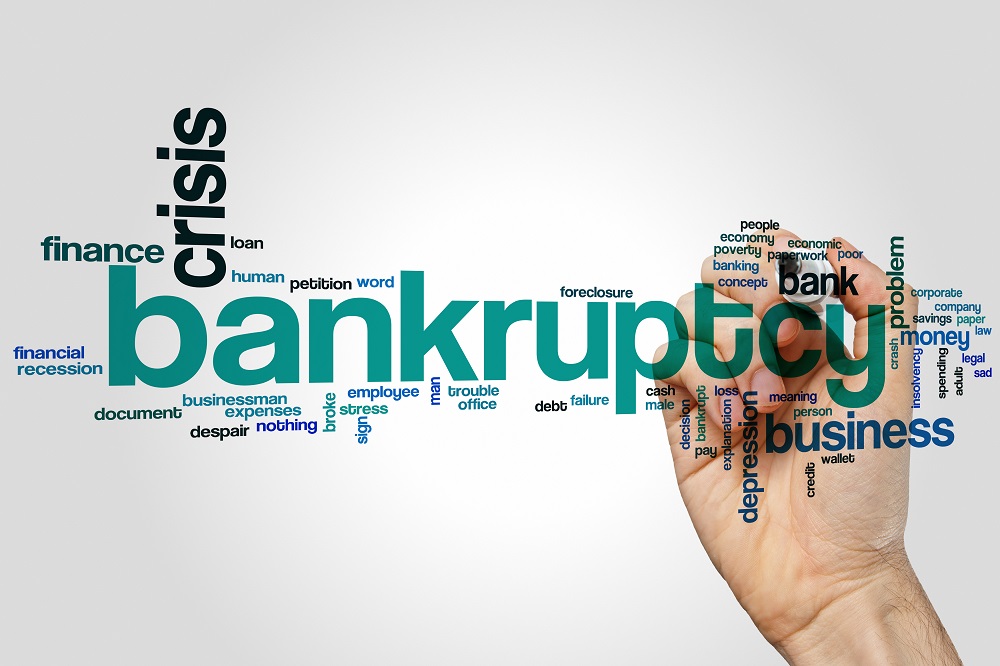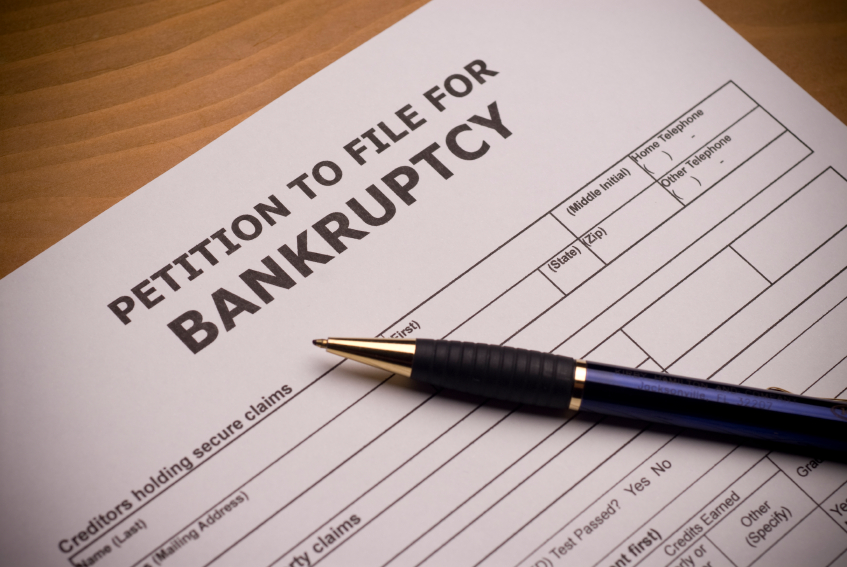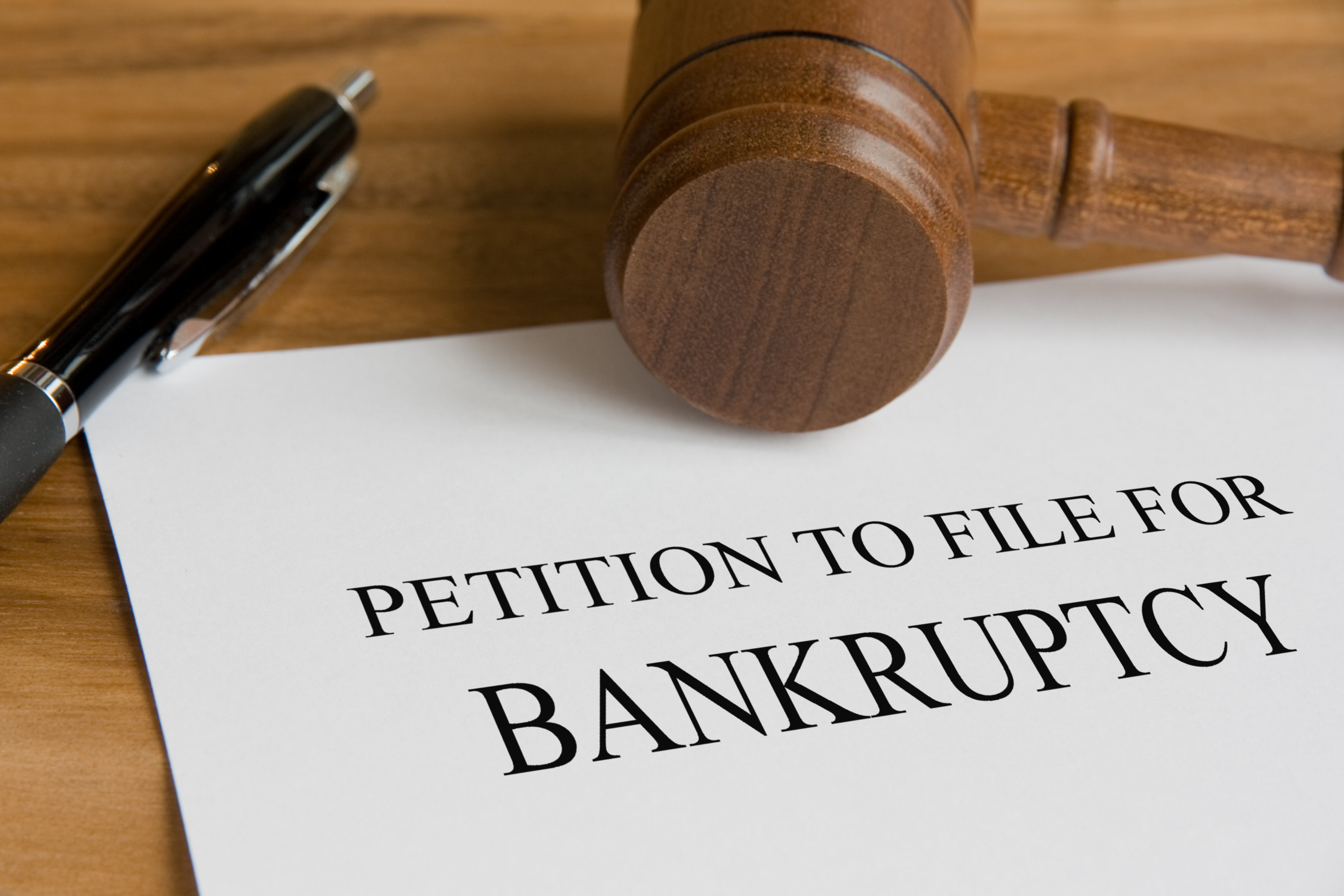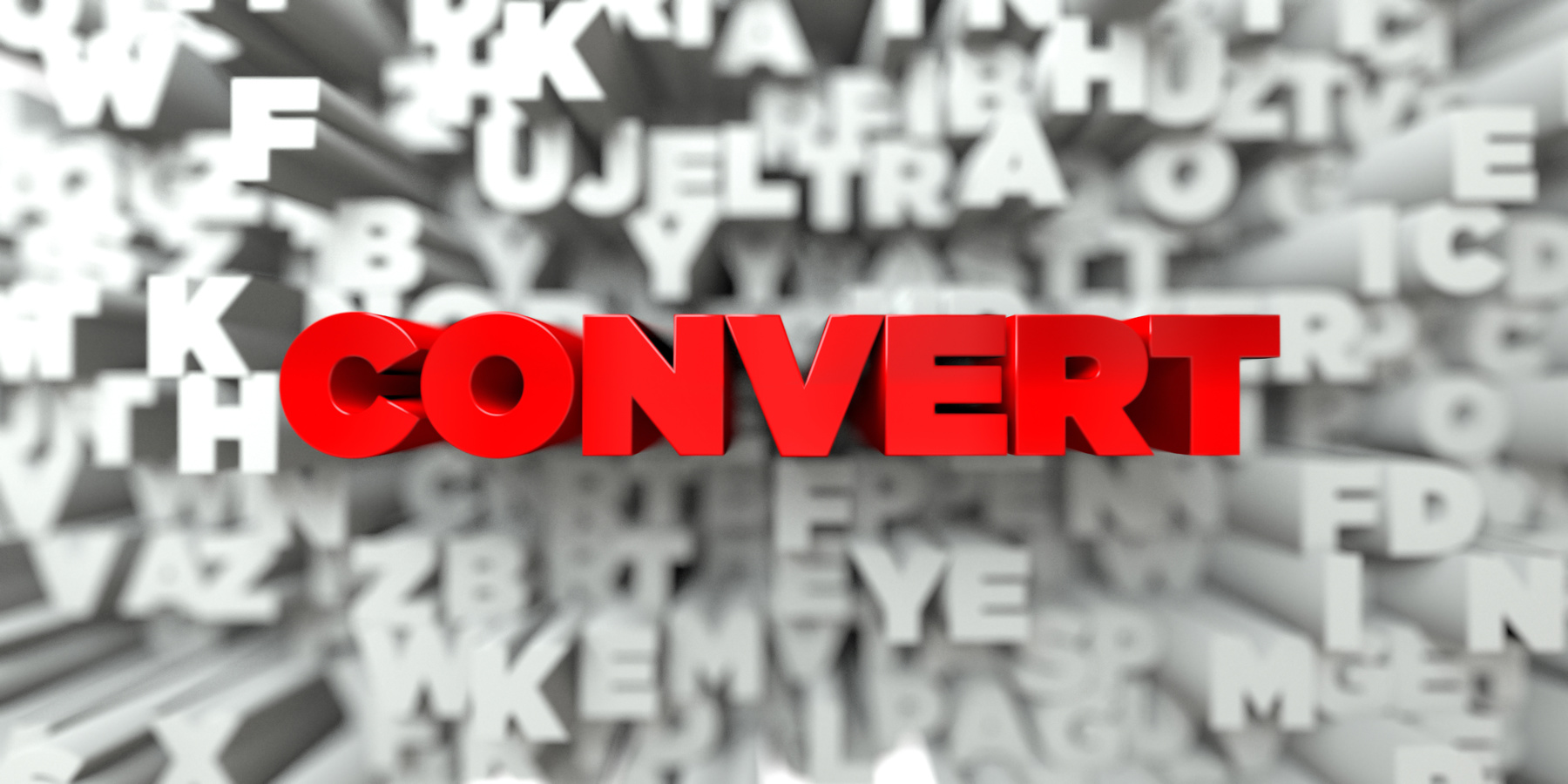What is Bankruptcy?
Bankruptcy is typically reserved for individuals and companies that are going through a financial hardship and are overwhelmed with the financial obligations currently on their plate. There are a few different routes that a debtor can take to achieve an approved bankruptcy petition. There is Chapter 7 bankruptcy, Chapter 13 bankruptcy, and Chapter 11 bankruptcy. These are all options for a debtor to voluntarily enter into in order to try and improve their financial situation. There is however a way for an outside party to force a bankruptcy petition to be filed with the court – without the debtor.[i] This is called the involuntary bankruptcy and it is reserved typically for businesses.
Chapter 7 Bankruptcy
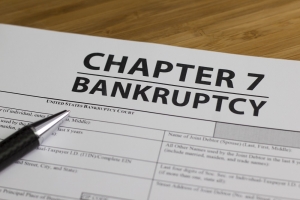 First of all, Chapter 7 bankruptcy can be filed by individuals and businesses alike. The purpose of Chapter 7 bankruptcy is to give the debtor a fresh start on their financial obligations. The debtor will file all the appropriate paperwork with the bankruptcy court to petition for Chapter 7 bankruptcy. Along with this is a lot of paperwork, including a lot of documentation about the debtor’s assets, incomes, financial obligations, and property owned by the debtor.[ii] Once the bankruptcy proceeding has begun, the court will assign a trustee for the debtor. The trustee will be responsible for liquidating all the non-exempt assets the debtor has in order to raise money to pay off financial debts.[iii] Every state has a list of exemptions that are permitted during the Chapter 7 bankruptcy. This is the court’s way of allowing the debtor to keep some possessions – otherwise the debtor could be either homeless, or living in an apartment without any clothes or possessions. The exemptions provide the minimum standards for living, for example, in Arizona an adult can have one chair in the living room per adult in the house.[iv] After the assets have been sold and the proceeding concludes, the debtor will have their financial obligations wiped clean and the they can start over again.
First of all, Chapter 7 bankruptcy can be filed by individuals and businesses alike. The purpose of Chapter 7 bankruptcy is to give the debtor a fresh start on their financial obligations. The debtor will file all the appropriate paperwork with the bankruptcy court to petition for Chapter 7 bankruptcy. Along with this is a lot of paperwork, including a lot of documentation about the debtor’s assets, incomes, financial obligations, and property owned by the debtor.[ii] Once the bankruptcy proceeding has begun, the court will assign a trustee for the debtor. The trustee will be responsible for liquidating all the non-exempt assets the debtor has in order to raise money to pay off financial debts.[iii] Every state has a list of exemptions that are permitted during the Chapter 7 bankruptcy. This is the court’s way of allowing the debtor to keep some possessions – otherwise the debtor could be either homeless, or living in an apartment without any clothes or possessions. The exemptions provide the minimum standards for living, for example, in Arizona an adult can have one chair in the living room per adult in the house.[iv] After the assets have been sold and the proceeding concludes, the debtor will have their financial obligations wiped clean and the they can start over again.
Note, there are some debts that either remain by choice of the debtor and there are some debts that simply never go away. If the debtor reaffirms any debts during the proceeding, which is to say that the debtor promises to not have the debt discharged, they will still be liable after the proceeding is over to pay that debt.[v] Some debts that will not discharge include child support, most tax debts, and student loans.[vi] Student loans could discharge through a separate hardship hearing through the bankruptcy court – but that will be decided upon on a case by case basis.
Chapter 13 Bankruptcy
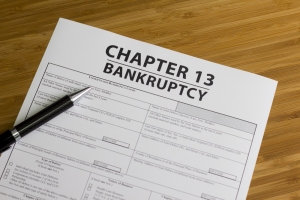 Now, Chapter 13 bankruptcy is not available to everyone. Chapter 13 bankruptcy requires the debtor to use their current income to continue paying some or all of their debts.[vii] If the debtor is unable to continue making payments on their financial obligations, then the bankruptcy court may not allow the debtor to file for Chapter 13 bankruptcy, rather the court may suggest that the debtor proceed through a Chapter 7 bankruptcy instead.[viii] The amount the debtor owes also plays a role in whether a debtor can file Chapter 13 bankruptcy. The debtor’s secured debts cannot exceed $1,149,525 and the debtor’s unsecured debts cannot exceed $383,175.[ix] A secured debt is an obligation that the debtor owes and the creditor has backed that financial obligation with property owned by the debtor.[x] An unsecured debt does not have any fall back options if the debtor fails to pay, unlike the secured debt where the creditor could go after the property backing the financial obligation.[xi]
Now, Chapter 13 bankruptcy is not available to everyone. Chapter 13 bankruptcy requires the debtor to use their current income to continue paying some or all of their debts.[vii] If the debtor is unable to continue making payments on their financial obligations, then the bankruptcy court may not allow the debtor to file for Chapter 13 bankruptcy, rather the court may suggest that the debtor proceed through a Chapter 7 bankruptcy instead.[viii] The amount the debtor owes also plays a role in whether a debtor can file Chapter 13 bankruptcy. The debtor’s secured debts cannot exceed $1,149,525 and the debtor’s unsecured debts cannot exceed $383,175.[ix] A secured debt is an obligation that the debtor owes and the creditor has backed that financial obligation with property owned by the debtor.[x] An unsecured debt does not have any fall back options if the debtor fails to pay, unlike the secured debt where the creditor could go after the property backing the financial obligation.[xi]
If the bankruptcy court determines that the debtor can proceed with Chapter 13, then the court must approve a repayment plan.[xii] This repayment plan will take place over the course of three to five years, which will dictate how much the debtor will pay to each creditor over the course of the payment plan. After all the payments have been made all the eligible debts will be discharged.[xiii] Just like Chapter 7 bankruptcy, the debtor will be able to have a fresh start once the entire process has concluded.
Chapter 11 Bankruptcy
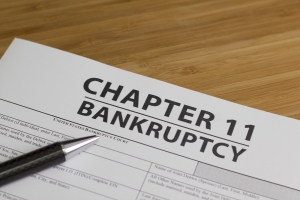 First of all, Chapter 11 bankruptcy is available for individuals but it is far more commonly utilized by businesses. Chapter 11 bankruptcy has a lot of similarities to Chapter 13 bankruptcy including the repayment plan processes and procedures.[xiv] The repayment plan must be approved by the court and can also take three to five years to complete.[xv] The threshold for amount of debts owed are much higher than Chapter 13 bankruptcy, ranging in at about $2,490,925.[xvi] The deadlines for Chapter 11 bankruptcy are also stretched out much further, allowing more time for creditor meetings and turning in of repayment plan outlines for approval. [xvii] Chapter 11 bankruptcy is incredibly beneficial for businesses that wish to remain operational during and after the bankruptcy proceeding, but are going through a financial hardship.[xviii]
First of all, Chapter 11 bankruptcy is available for individuals but it is far more commonly utilized by businesses. Chapter 11 bankruptcy has a lot of similarities to Chapter 13 bankruptcy including the repayment plan processes and procedures.[xiv] The repayment plan must be approved by the court and can also take three to five years to complete.[xv] The threshold for amount of debts owed are much higher than Chapter 13 bankruptcy, ranging in at about $2,490,925.[xvi] The deadlines for Chapter 11 bankruptcy are also stretched out much further, allowing more time for creditor meetings and turning in of repayment plan outlines for approval. [xvii] Chapter 11 bankruptcy is incredibly beneficial for businesses that wish to remain operational during and after the bankruptcy proceeding, but are going through a financial hardship.[xviii]
Automatic Stays
One great thing about filing for bankruptcy, and any chapter of bankruptcy, is the automatic stay. The automatic stay is the court’s way of saying “stop” to all creditors. Depending on the type of bankruptcy, and debt owed, the automatic stay will allow the debtor a break from financial obligations while the proceeding begins and possible during the entire proceeding. The automatic stay is an important tool for debtors because it allows them to take a short break from the financial hardship that put them in the bankruptcy in the first place. If a debtor has resorted to filing for bankruptcy it means that they are unable to pay their financial obligations, but without an automatic stay in place, the debtor would have to pay those financial obligations until the court has accepted their bankruptcy petition – which could take a pretty lengthy amount of time. With the automatic stay, the debtor can take a short break from paying their financial obligations and focus on filing the bankruptcy petition with the court.
What about Creditor Rights?
All the information discussed above are about options that the debtors have when they are in financial hardship and unable to pay their obligations. But with every financial obligation, there is not just the debtor – there is a creditor too. And when the debtor is in a financial hardship and unable to pay the creditor – the creditor will also be put in a rough position. If the debtor is unable to make payments on their financial obligation, then the creditor is obviously not receiving any gain back for their line of credit. So what are their options? Filing for bankruptcy is a very serious proceeding, that greatly affects the debtor’s credit and the debtor’s future with other creditors, so it is not surprise that some people avoid bankruptcy all together. While secured creditors might have some options, like foreclosing on property or taking back tangible items for sale, that might not cover all of the debts owed. Also, if the creditor is unsecured, then they are really out of options when the debtor stops paying.
Involuntary Bankruptcy
An involuntary bankruptcy is initiated by a creditor, or multiple creditors, in an attempt to force a debtor to make good on their financial obligations.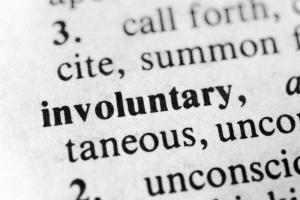 [xix] Involuntary bankruptcies are not that
[xix] Involuntary bankruptcies are not that
common, but when they do occur it is typically done so against a company – rather than an individual.[xx] If a company has stopped paying their financial obligations, but has assets that could provide payment to the creditor – the creditor may turn to an involuntary bankruptcy petition and ask the court to start the proceeding without the debtor initiating.[xxi] This process is used in an attempt to protect creditors and promote business. If a person could ask for a line of credit and then never be enforced to pay back the loan – there would be little incentive for creditors to extend any credit. The involuntary bankruptcy provides a backup option for when companies are faulty on their loans.
Once a creditor, or multiple creditors, decide to file a petition with the bankruptcy court to start an involuntary bankruptcy, the debtor has twenty days
to respond to the petition.[xxii] If the debtor does not respond, then the court will begin the proceeding and the debtor will be forced to participate.[xxiii] If the judge finds in favor the debtor, the case might get dismissed and the creditors may have to pay all costs and fees for the proceeding.[xxiv]
Now, while it is not as common to file an involuntary bankruptcy petition against an individual, it is permitted.[xxv] This is much more risky for a creditor because individuals tend to have less assets than companies, but this will depend heavily on the individual debtor. A debtor who has already started to lose property to secured creditors but has a dozen other creditors waiting for payment, may not be the best candidate for an involuntary bankruptcy. It is also possible that the creditor does not know the full inventory of assets that the individual has and if that is the case, and a petition for an involuntary bankruptcy is approved, the creditor could be placed in a worse position.[xxvi] If the debtor has no assets, the creditor will not be able to receive payment, and the bankruptcy proceeding will prevent them from collecting from the debtor.[xxvii] On the other hand, if it is well known that the debtor has an excessive amount of assets, it could be worth the risk to file an involuntary bankruptcy petition.
Conclusion
Bankruptcy provides a lot of options for individuals who are going through a rough financial hardship. There are different types of bankruptcies, including Chapter 7 where the debtor liquidates their assets to pay creditors as much as possible then the court discharges what debts are left over; Chapter 13 which has the debtor follow a court approved repayment plan that lasts three to five years and then the court discharges debts; and Chapter 11 which is available for companies with an excessive amount of debt. There are also options for creditors when a debtor has not filed bankruptcy – but probably should have. Creditors have the option of filing a petition involuntary bankruptcy in hopes the court will start the process and finally provide relief for the creditors. Financial hardship is not just difficult for the debtor – it places and huge burden on the creditor too and involuntary bankruptcies help lift that burden.
[i] See Involuntary Bankruptcy. NOLO Legal Encyclopedia. (Accessed May 6, 2016). http://www.nolo.com/legal-encyclopedia/involuntary-bankruptcy.html
[ii] See Chapter 7 Bankruptcy Overview. NOLO Legal Encyclopedia. (Accessed May 6, 2016). http://www.nolo.com/legal-encyclopedia/chapter-7-bankruptcy-overview-29571.html
[iii] Id.
[iv] See Exemptions in Arizona. United States Bankruptcy Court District of Arizona. (Updated September 2013). http://www.azb.uscourts.gov/sites/default/files/Arizona_Exemptions.pdf
[v] See Chapter 7 Bankruptcy Overview. NOLO Legal Encyclopedia. (Accessed May 6, 2016). http://www.nolo.com/legal-encyclopedia/chapter-7-bankruptcy-overview-29571.html
[vi] Id.
[vii] See An Overview of Chapter 13 Bankruptcy. NOLO Legal Encyclopedia. (Accessed May 6, 2016). http://www.nolo.com/legal-encyclopedia/chapter-13-bankruptcy-overview-30099.html
[viii] Id.
[ix] Id.
[x] See What is a Secured Debt? NOLO Legal Encyclopedia. (Accessed May 6, 2016). http://www.nolo.com/legal-encyclopedia/what-secured-debt.html
[xi] Id.
[xii] See An Overview of Chapter 13 Bankruptcy. NOLO Legal Encyclopedia. (Accessed May 6, 2016). http://www.nolo.com/legal-encyclopedia/chapter-13-bankruptcy-overview-30099.html
[xiii] Id.
[xiv] See Chapter 11 Bankruptcy for Small Business Owners. NOLO Legal Encyclopedia. (Accessed May 06, 2016). http://www.nolo.com/legal-encyclopedia/chapter-11-bankruptcy-small-business-owners.html
[xv] Id.
[xvi] Id.
[xvii] Id.
[xviii] Id.
[xix] See Involuntary Bankruptcy. NOLO Legal Encyclopedia. (Accessed May 6, 2016). http://www.nolo.com/legal-encyclopedia/involuntary-bankruptcy.html
[xx] Id.
[xxi] Id.
[xxii] Id.
[xxiii] Id.
[xxiv] Id.
[xxv] Id.
[xxvi] Id.
[xxvii] Id.

